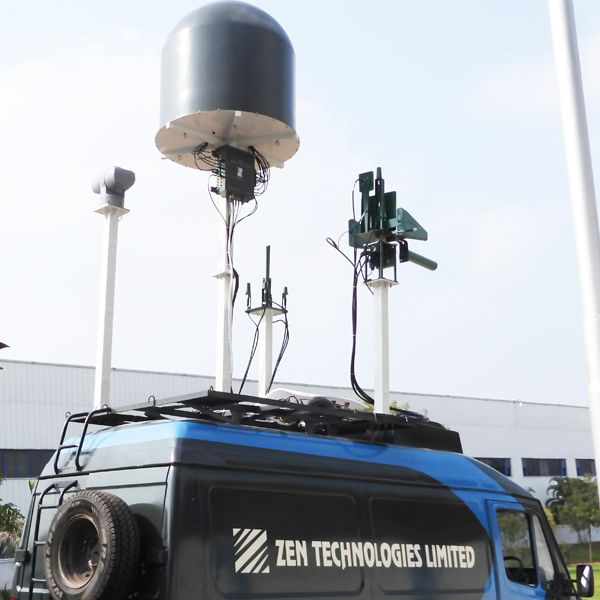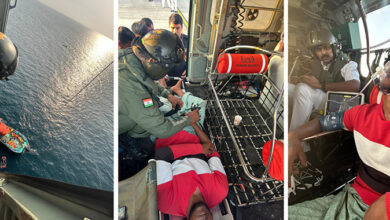Anti Drone Systems for India’s security establishments
By Lt Col Umang Kohli (Retd), Executive Editor, India Strategic
New Delhi, July 11. India has been increasingly concerned about the potential threat posed by drones, especially in sensitive areas such as airports, defense installations, border areas and public gatherings. In recent years, there have been several incidents of drones being used for illegal activities, including smuggling drugs and weapons, spying, and disrupting public events.

To address this threat, India has recognized the need for an anti-drone system. The government has been exploring various options to acquire and deploy anti-drone technology to protect critical infrastructure, check cross border terrorism and ensure public safety.
Some of the key reasons why India needs an effective anti-drone system include:
- Security: Drones can be used by terrorists and criminals to carry out attacks or to gather intelligence on potential targets. An anti-drone system can help prevent such incidents and enhance security. Drones are increasingly being used for smuggling of weapons in the states of Punjab and Jammu & Kashmir, which are in turn used by terrorists to target civilians and security personnel. Anti drone systems are required as part of the over all anti terrorism grid. The systems are also required during hot war scenario for protection of own weapon platforms and personnel against missile equipped enemy drones.
- Safety: Drones pose a safety risk to aircraft and people on the ground, especially in crowded areas such as airports and public events. An anti-drone system can help detect and neutralize drones that pose a threat.
- Privacy: Drones equipped with cameras can be used to invade privacy and capture sensitive information. An anti-drone system can help prevent such privacy violations.
India-Pakistan border is approximately 2,900 km long, and it is one of the most heavily militarized borders in the world. The India-China border is approximately 3,488 km long, and it runs through some of the most inhospitable terrain in the world, including the Himalayan mountain range. India has been taking steps to strengthen its border infrastructure and enhance its military capabilities to ensure the security of its borders with Pakistan and China. However, defense forces are facing major problems at the borders viz COTS drones which have the capabilities to carry upto 100 KG shipments and are being used to carry weapons and other supplies to terrorists. Many of these drones either go unnoticed or are not neutralized due to lack of technology to neutralize the drones. With approximately 6000 km of border, both hand held and permanently fitted anti drone systems are required to ensure no incursion by drones takes place. Taking a yardstick of 3 km gap between one Anti drone system to another roughly 2000 permanently installed anti drone systems would be required to ensure the same. Requirement of hand held anti drone systems may be almost five times more than the permanently installed ones.
Most of the anti drone systems being used by various countries are Chinese in origin or have parts that are Chinese in origin, obviously using such anti- drone systems is unacceptable as the vulnerabilities of these systems can easily be exploited by the adversary.
Overall, an anti-drone system that is not of Chinese make is essential for India to protect its critical infrastructure, ensure public safety, and maintain national security.





